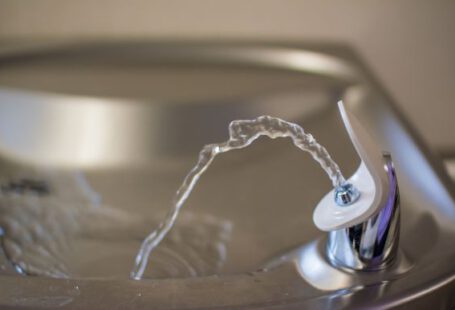When it comes to plumbing work, there is an ongoing debate between the use of power tools and hand tools. Both options have their advantages and disadvantages, and it ultimately depends on the specific task at hand. In this article, we will explore the differences between power tools and hand tools in plumbing work, and discuss when it is most appropriate to use each.
1. Power Tools: Speed and Efficiency
Power tools are known for their speed and efficiency. With the ability to perform tasks quickly and effortlessly, they are a popular choice among plumbers. Power tools such as drills, saws, and pipe cutters can make the job much easier, especially when dealing with larger projects or working in tight spaces. These tools can save valuable time and energy, allowing plumbers to complete their work more efficiently.
However, it is important to note that power tools require a power source, which may not always be readily available on the job site. Additionally, power tools can be expensive and may require regular maintenance. Despite these drawbacks, the speed and efficiency offered by power tools often outweigh the disadvantages, making them a go-to option for many plumbers.
2. Hand Tools: Precision and Versatility
Hand tools, on the other hand, offer a different set of advantages. With their precision and versatility, hand tools are often preferred for smaller, intricate plumbing tasks. Tools such as wrenches, pliers, and pipe cutters provide the necessary control and finesse required for delicate work. Hand tools are also more portable and do not rely on a power source, making them suitable for jobs in remote locations or areas with limited access to electricity.
While hand tools may be slower compared to power tools, they offer a level of precision that cannot be achieved with their electric counterparts. Plumbers often rely on hand tools when working with fragile pipes or when making detailed adjustments. Additionally, hand tools are generally more affordable and require less maintenance, making them a cost-effective option for many plumbers.
3. Choosing the Right Tool for the Job
When it comes to deciding between power tools and hand tools, it is crucial to consider the specific requirements of the plumbing task. For large-scale projects that require speed and efficiency, power tools are usually the best choice. They can help complete the job quickly and with minimal effort. On the other hand, for smaller, more intricate tasks that demand precision, hand tools are often the preferred option. They allow for greater control and accuracy.
It is worth noting that many plumbers rely on a combination of power tools and hand tools, depending on the nature of the job. By using a combination of both, they can leverage the advantages of each tool type and achieve the best possible results.
In conclusion, the choice between power tools and hand tools in plumbing work depends on the specific requirements of the task. Power tools offer speed and efficiency, making them ideal for larger projects, while hand tools provide precision and versatility for smaller, intricate tasks. Ultimately, a combination of both tool types is often the most effective approach, allowing plumbers to tackle any plumbing job with confidence and skill.



